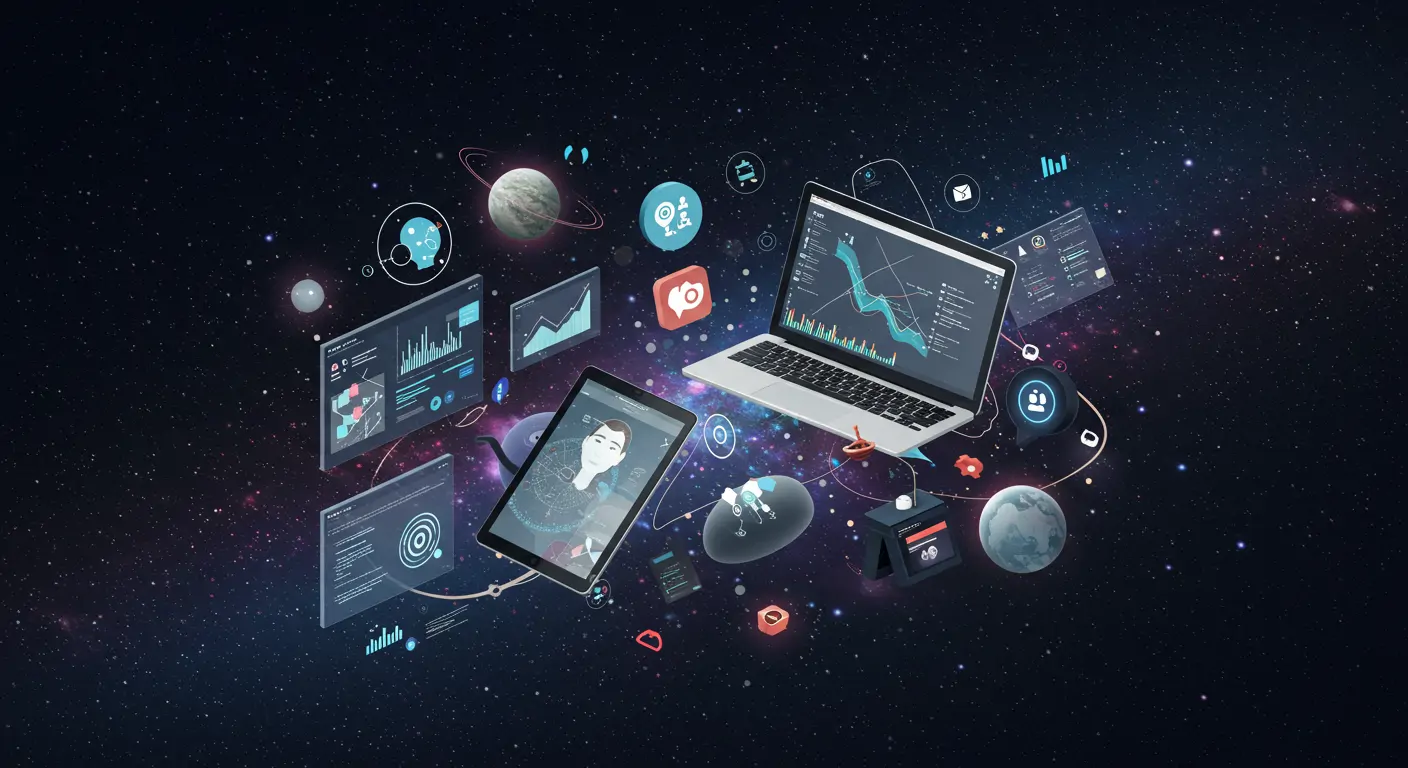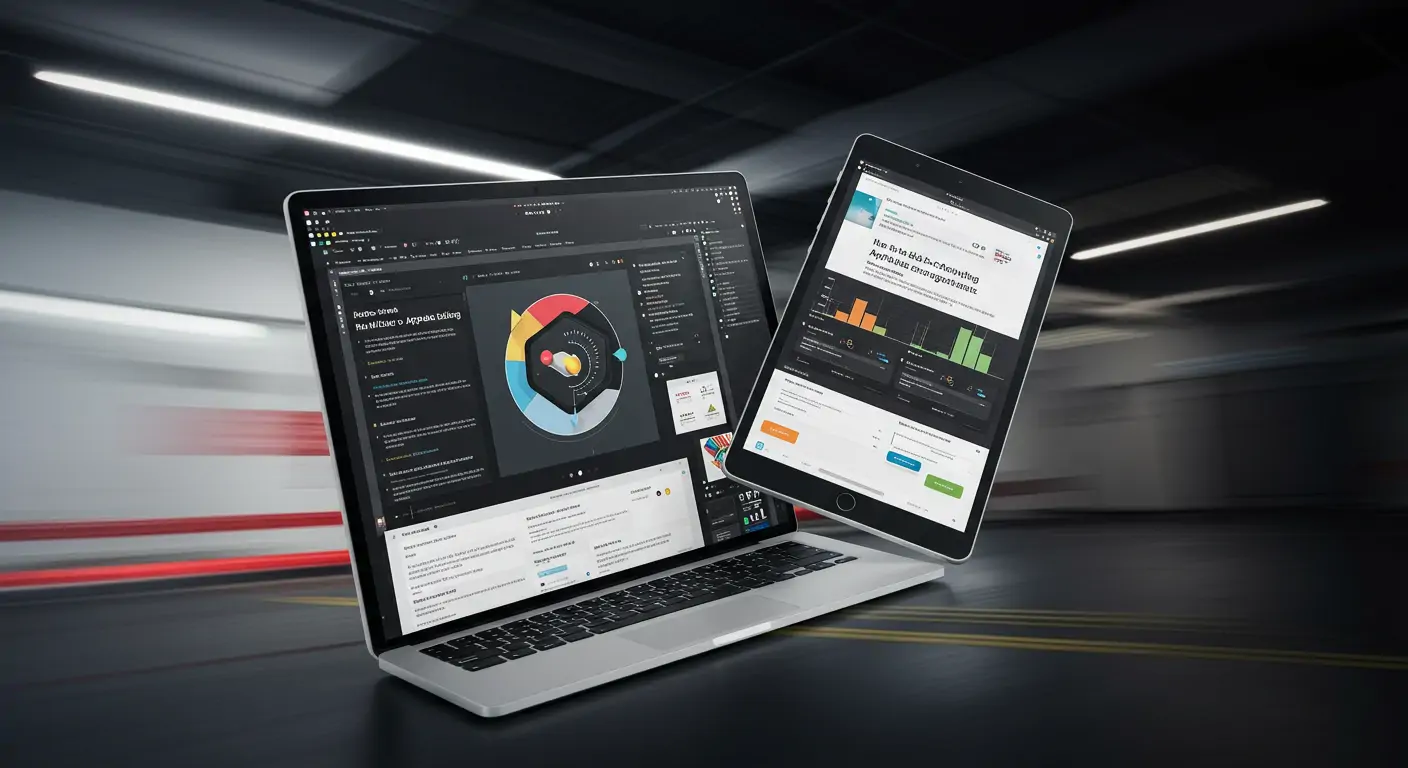Introduction: Why This Matters Now
In 2025, the integration of AI into mobile technology is not just a futuristic concept but a present reality. A recent IDC report from March 2025 highlights that 85% of mobile devices now include some form of AI, compared to just 20% in 2022, marking a significant industry shift. This trend is reshaping how users interact with apps, making them more intuitive, personalized, and efficient. The impact is felt across developers, businesses, and users, with a profound influence on engagement and retention strategies. Read time: Approximately 12 minutes
The Current State: What's Happening Right Now
Several key developments have propelled AI-powered mobiles into the mainstream. In January 2024, Apple introduced the A19 Bionic chip, featuring a 30% increase in AI processing speeds, enabling more complex machine learning tasks on-device. Samsung followed in early 2025, with the Galaxy Z Series, integrating their Exynos AI processor that enhances camera capabilities using real-time scene recognition.
Google has also been a significant player, incorporating TensorFlow Lite in Android 13, which allows developers to deploy machine learning models on mobiles with minimal latency. The global AI mobile market size reached $18.3 billion in Q2 2025, a 200% increase from 2023, driven by consumer demand for smarter, more responsive applications.
Traditional approaches that relied heavily on cloud processing are now facing challenges. The shift towards on-device AI processing reduces data transmission delays and enhances privacy, as sensitive data remains on the user's device, addressing growing privacy concerns.
Key Drivers: What's Fueling This Trend
Driver 1: Technological Advancements
Innovations in AI chip technology have dramatically increased processing power. For instance, Qualcomm's Snapdragon 8 Gen 2, released in late 2024, offers 35% better AI performance while consuming 15% less power compared to its predecessor.
Driver 2: Consumer Demand for Personalization
Users now expect a personalized app experience. A 2025 survey by GlobalData indicates that 78% of users prefer apps that adapt to their behavior, pushing developers to integrate AI to analyze and predict user preferences.
Driver 3: Privacy Concerns and Regulations
The implementation of GDPR-like privacy laws worldwide has made on-device AI processing more attractive. By processing data locally, companies can comply more easily with regulations, ensuring user data is less vulnerable to breaches.
Real-World Impact & Case Studies
Case Study 1: Spotify
In 2024, Spotify launched an AI-driven feature that curates playlists based on real-time mood detection using the smartphone's sensors. This innovation increased user engagement by 25%, as reported in their Q1 2025 earnings call. The key lesson here is the role of AI in enhancing user experience through personalization.
Case Study 2: Amazon Alexa
- Amazon integrated advanced AI in its Alexa app, launched in December 2024, allowing users to perform complex tasks offline, reducing response time by 40%.
- This move not only improved user satisfaction but also set a new standard for competitors, emphasizing the need for seamless user experiences.
Industry Implications
For Developers
- Learning TensorFlow Lite and PyTorch Mobile becomes essential.
- Opportunities in AI-focused startups are abundant.
For Businesses
- Integrating AI can provide a significant competitive edge.
- Businesses must stay agile, adapting quickly to AI advancements to retain market share.
For Investors
- AI startups provide promising returns as the market grows.
- However, regulatory risks must be carefully evaluated.
Challenges & Criticisms
Despite its promise, AI in mobile technology faces criticisms regarding energy consumption, as constant AI processing can drain battery life. Moreover, skeptics argue about the potential biases in AI-driven features, which could lead to unintended consequences. A balance must be struck between innovation and ethical considerations.
Future Outlook: What's Next
In the next 6-12 months, expect further refinements in AI chip efficiency, with companies like NVIDIA announcing AI-focused GPUs for mobiles by late 2025. Long-term, by 2027, AI in mobile technology could lead to fully autonomous personal assistants, fundamentally changing how we interact with our devices.
Frequently Asked Questions
- What exactly is an AI-powered mobile? AI-powered mobiles are devices that use artificial intelligence to enhance functionality, such as personalization and predictive text.
- What are common misconceptions? A common misconception is that AI always requires internet connectivity; however, on-device processing is becoming more prevalent.
- What are the barriers to adoption? Cost and battery consumption remain significant barriers.
- How soon will all mobiles have AI capabilities? By 2027, it's expected that nearly all new smartphones will have integrated AI features, according to a Gartner projection.
Conclusion: Key Takeaways
- AI integration in mobiles is rapidly advancing, driven by technological progress and user demand for personalization.
- Developers and businesses must adapt quickly to leverage AI's full potential.
- Challenges exist, but the benefits of AI-powered mobiles are significant, promising a transformative impact on user behavior.
- Stay informed by following developments from leading tech companies and research bodies.




